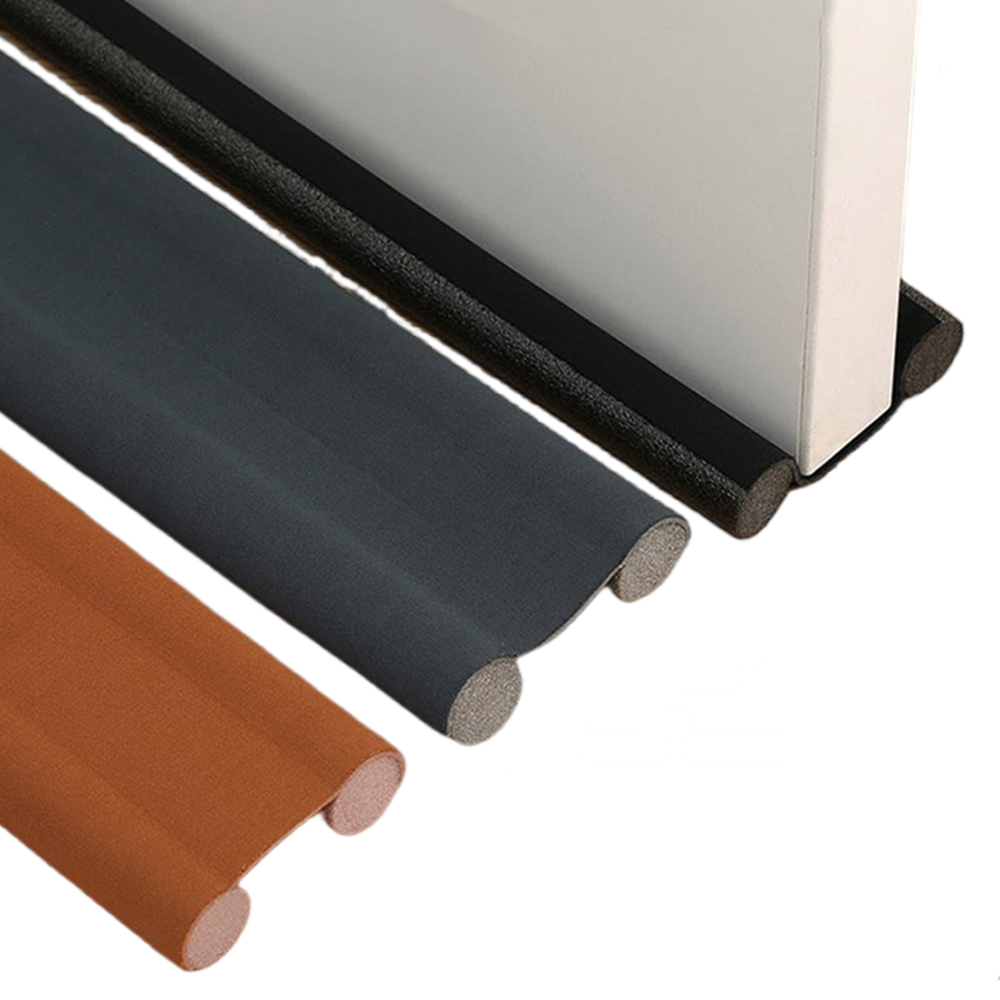Different Types of Weatherstripping for Door Bottoms to Enhance Energy Efficiency
Understanding Door Bottom Weatherstripping Types A Comprehensive Guide
When it comes to home energy efficiency and comfort, door bottom weatherstripping plays a crucial role. Door gaps can lead to significant heat loss in winter and unwanted heat gain in summer, making effective weatherstripping an essential investment. In this article, we will explore various types of door bottom weatherstripping to help you choose the best option for your needs.
What is Door Bottom Weatherstripping?
Door bottom weatherstripping is a material that seals the gap between the bottom of a door and the door sill. This small but significant barrier prevents drafts, water infiltration, and dust from entering your home. If your door allows air to escape, it could contribute to higher energy bills and uncomfortable living conditions. Therefore, having proper weatherstripping in place is vital.
Types of Door Bottom Weatherstripping
1. Rubber Weatherstripping Rubber weatherstripping is one of the most common materials used for door bottom sealing. It is durable and effective in blocking out air and moisture. Available in various thicknesses, rubber is flexible and can accommodate different door gaps. This type of weatherstripping is resistant to UV rays and can last for several years, making it a cost-effective choice.
2. Vinyl Weatherstripping Vinyl weatherstripping offers a more economical option compared to rubber. It comes in various shapes, including flat and bulb designs, which can fit most door types. While it is less durable than rubber, it still provides adequate insulation and reduces energy loss. It is essential to check for wear over time and replace it as needed to maintain effectiveness.
3. Foam Weatherstripping Foam weatherstripping is lightweight and easy to install, making it a popular option for DIY homeowners. It comes in rolls and can be easily cut to size. Foam provides a good seal against drafts, although it may not be as long-lasting as rubber or vinyl. It’s ideal for interior doors or temporary solutions, especially in milder climates.
door bottom weatherstripping types

4. Brush Weatherstripping Ideal for scenarios where slight movement is necessary, brush weatherstripping consists of bristles attached to a metal or plastic backing. This type is perfect for exterior doors that need to accommodate pets or heavy traffic, as it allows for easy passage while still minimizing air and dust entry. Brush weatherstripping is typically less effective in terms of insulation compared to solid materials but offers unique advantages in specific applications.
5. Metal Weatherstripping Metal weatherstripping is often used in commercial buildings but can also be applied to residential doors. It comes in several forms, including adjustable sweeps and thresholds that can accommodate taller gaps. Although more expensive, it is highly durable and capable of providing a tight seal against the elements. Metal weatherstripping is ideal for high-traffic areas where traditional materials may wear down quickly.
6. Automatic Door Bottoms Automatic door bottoms are a premium solution to weatherstripping, providing convenience and effectiveness. These devices are installed in the door and lower a seal when the door is closed. They are particularly useful in exterior applications and can save energy by creating a tight seal every time the door is closed automatically. While they tend to be pricier than other options, their efficiency often makes up for the initial cost.
Installation and Maintenance
Installing door bottom weatherstripping can usually be a straightforward DIY project. Most options come with adhesive backing or can be installed using screws. However, it’s crucial to ensure that the door fits well and the seal is tight. Regular maintenance is also essential—check for wear and tear at least once a year and replace any damaged or worn strips promptly.
Conclusion
Investing in quality door bottom weatherstripping can significantly enhance your home's energy efficiency, comfort, and overall aesthetic. With various options available—each with its unique benefits—selecting the right type for your specific needs can lead to substantial long-term savings. Whether you prioritize durability, ease of installation, or the ability to accommodate door movement, there is a weatherstripping solution that can meet your requirements and improve your living space's efficiency.
-
Under Door Draught Stopper: Essential ProtectionNewsJul.31,2025
-
Garage Door Seal and Weatherstrips for ProtectionNewsJul.31,2025
-
Edge Banding Tape for Perfect EdgesNewsJul.31,2025
-
Table Corner Guards and Wall Corner ProtectorsNewsJul.31,2025
-
Stair Nose Edging Trim and Tile Stair SolutionsNewsJul.31,2025
-
Truck Bed Rubber Mats for Pickup BedsNewsJul.31,2025
-
Window Weather Stripping for Noise ReductionNewsJul.29,2025